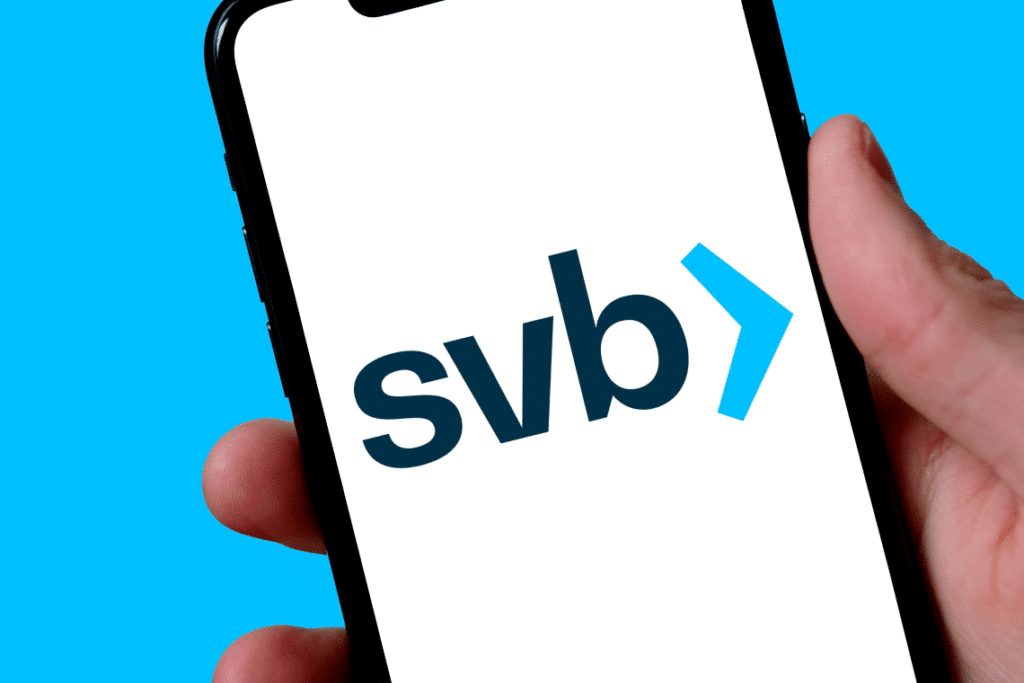Until Wednesday 8 March 2023, there were no obvious signs of the deep crisis into which Silicon Valley Bank would plunge in the space of just two days.
For instance, the stock market price of SIVB shares (SVB Financial Group) was in line with that of January, and even higher than in December.
Then, suddenly, the collapse.
On Thursday 9 March, the price plummeted 40% at the opening, from USD 268 to USD 160, and then plunged -62% during the course of the day.
On Friday 10 March, before the authorities shut down the bank, the holding company’s share price had fallen to $106, or just over a third of the closing price just two days earlier.
SVB Financial Group is the holding company of the SVB Group, of which Silicon Valley Bank is a part.
Summary
The contagion of the Silicon Valley Bank crisis
US authorities closed the bank because it was no longer able to repay all its debts, and above all because it was no longer able to allow its customers to use the money they had on deposit with them.
The freezing of withdrawals and payments on all SVB bank accounts created a chain reaction, which led to many of their customers getting into trouble.
One of these was Circle, the company that issues USD Coins. Suddenly Circle had $3.3 billion of USDC stablecoin reserves frozen, so much so that there were fears that it had lost them anyway.
Silicon Valley Bank, as its name implies, is a Silicon Valley bank, and its failure is the second largest bank failure ever in the US.
In fact, it was the bank of choice for many Silicon Valley start-ups. Who suddenly found their SVB bank accounts frozen, unable to move even a penny.
At that point, in order to avoid contagion spreading outside the US financial system. The central bank (Fed) intervened by ensuring that all funds still deposited with SVB would be released, even though the bank remained bankrupt.
This intervention proved to be decisive, but two other banks also failed, perhaps for the same reasons.
Markets: a deeper problem at play?
So the problem seems to be wider than was hoped on Friday, so much so that European banks on the stock market are also losing heavily today.
On Friday, the US financial markets had reacted very badly to the news of SVB’s bankruptcy, and even today they do not seem to be able to react positively. Meanwhile, European markets reacted badly today, dragged down by the risks of contagion to the entire financial system.
According to XTB’s Chief Market Analyst Walid Koudmani, markets started the week in a panic precisely because the bank collapses are affecting sentiment.
For example, oil prices started the week with a significant downward movement, with both Brent and WTI down more than 2%.
The question is: are we facing another stock market crash?
According to Koudmani, markets fear a domino effect if SVB’s problems are not resolved, or at least contained. Not least because the value of unrealised losses in the portfolios of Wall Street’s largest banks is substantial, and has increased significantly following the Fed’s interest rate hikes.
It states:
“The Federal Deposit Insurance Agency in February reported that US banks’ unrealised losses with maturing securities as of 31 December amounted to $620 billion, up from $8 billion a year earlier, before the Fed began to process its policy.”
In such a scenario, a panic crisis, similar to that of 2008, could be triggered. However, according to Koudmani, predictions about the possible onset of another financial crisis must be taken carefully for three reasons.
- The bonds currently held by banks are largely US Treasury bonds, not toxic bonds.
- The banks will only realise losses on the bond portfolio if they have to sell them before the redemption date.
- If banks do not have liquidity problems, they will not be forced to liquidate their bond portfolios before maturity.
So everything depends on the current liquidity conditions in the banking sector, and in this the Fed could play a decisive role.




